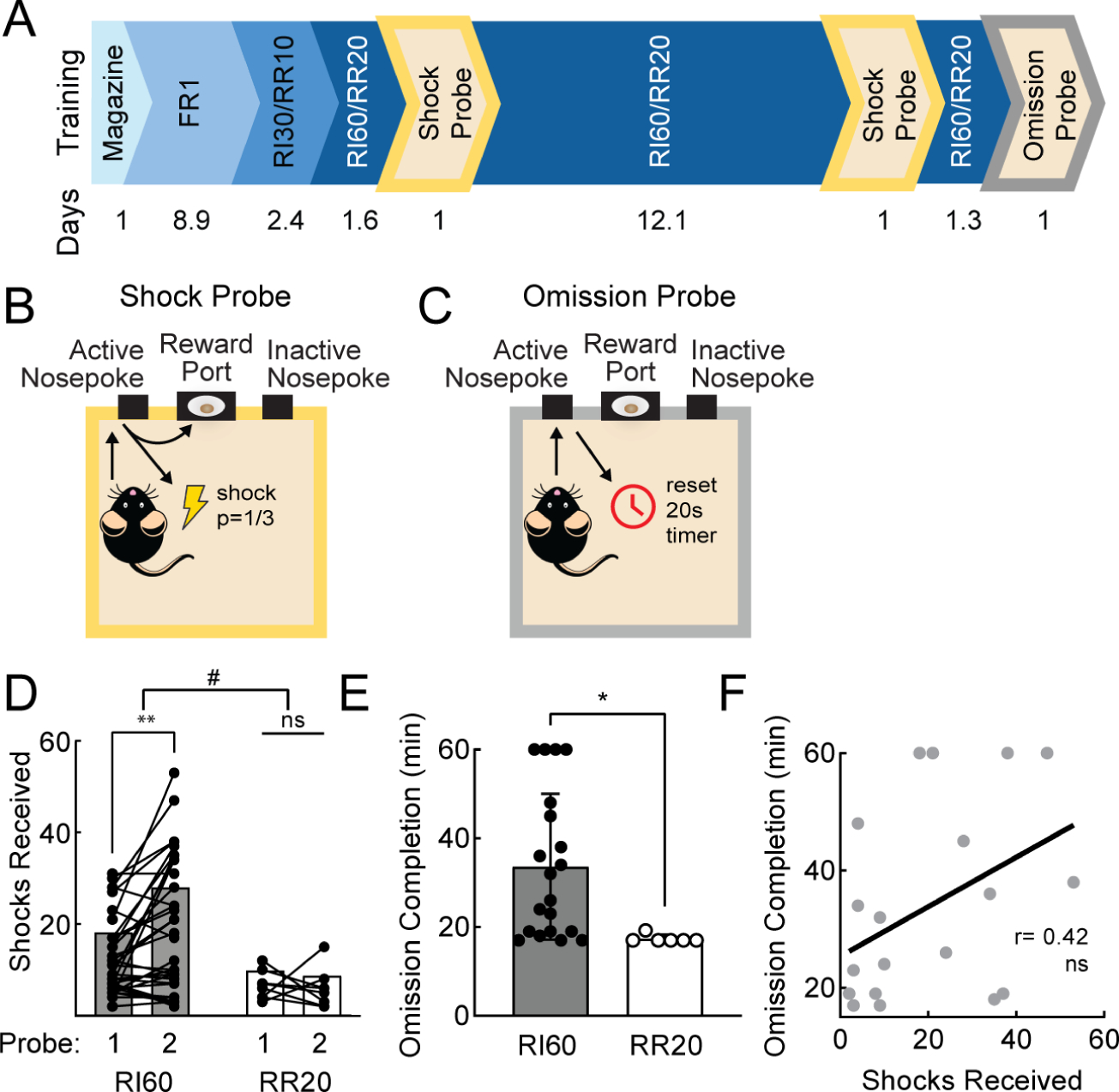Figure 1. A random interval schedule of reinforcement promotes punishment-resistant reward-seeking.

A. Timeline of operant training and probes. Average days per stage of training below. B. Schematic of shock probe: active nosepokes incurred a ⅓ probability of shock. C. Schematic of omission probe: active nosepokes delayed reward by 20 seconds. D. Shocks received on early and late shock probes for RI60-trained (black; n=36) and RR20-trained (white; n=9) mice. Bars represent mean; points represent individuals. Main effect #p<0.05, multiple comparisons, **p<0.01. E. Average time to complete omission probe for RI60-trained (black; n=20) and RR20-trained (white; n=7) mice. Error bars represent SD. *p<0.05 F. Correlation between shocks received on late shock probe and omission completion time for RI60-trained mice tested in both probes (r=0.42, ns). See also Figure S1.
